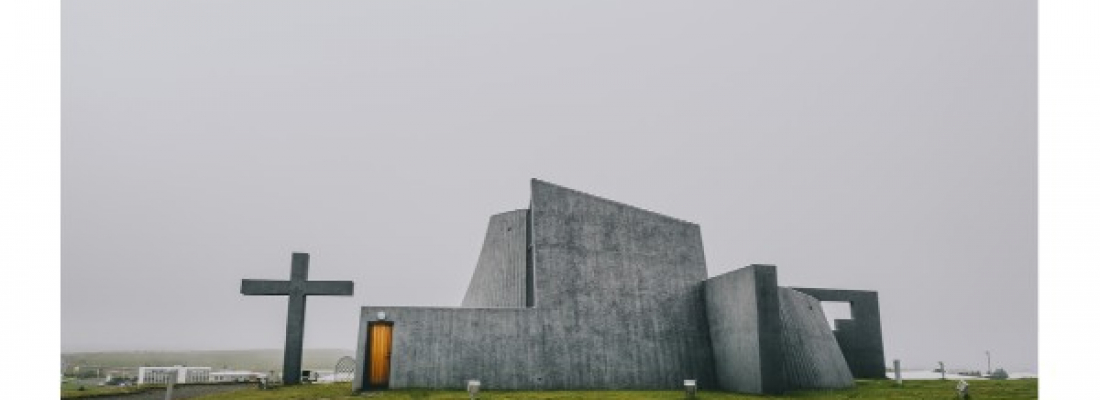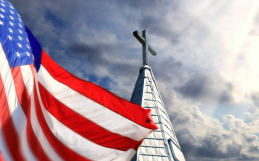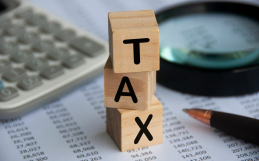The legal doctrine of premises liability is an umbrella concept covering a broad range of potential liability borne by individuals and organizations that own, possess, and control real property. Premises liability covers a suite of specific types of injuries, such as slip-and-fall accidents, injuries caused by damaged infrastructure, and in some cases even injuries caused by other people. Property insurance is often designed specifically to address premises liability risk, but it won’t necessarily cover the entire cost of a serious injury. It can help a church to understand what premises liability is, and how it works.
Premises liability is a subcategory of negligence, the bread-and-butter of personal injury lawyers everywhere. In essence, negligence applies to circumstances where a defendant owed a duty of care to the injured plaintiff, failed to meet that duty of care, and as a consequence the plaintiff suffered an injury. In premises liability cases, the defendant who controls, owns, or possesses a property (such as a church’s ownership or control of the building where it holds meetings) owes a duty to exercise reasonable care to prevent injury to visitors to the property.
The duty to exercise reasonable care involves considerable nuance. What is reasonable care? What sort of harms does a church need to think about as it evaluates the safety of its property? There are some guiding principles that can help a church examine its potential risks:
- The foreseeability of harm. Good maintenance practices can go a long way toward mitigating the risk of a premises liability lawsuit. If a condition exists on the property that causes an injury that in hindsight was readily foreseeable, the church is more likely to lose the resulting personal injury case. Loose paving stones on a stairway are a good example of a problem that could foreseeably cause a slip-and-fall.
- The seriousness of the defendant’s conduct. Whether a landowner will be held liable for premises liability depends in part on how it behaved with respect to the cause of the plaintiff’s injury. To go back to the loose flagstone example, if the church was aware of the loose stone for years but didn’t do anything about it, that would weigh against it. On the other hand, if the stone came loose only after the plaintiff stepped on it, the church might escape significant liability.
- The nature of the activities taking place on the property. A church needs to evaluate the risk of injury in light of the kinds of activities happening on its property. Routine religious services might involve a different degree of risk from, for example, a dancing class. The property needs to be safe for the uses to which it will be put.
- Third party actions. Premises liability can sometimes apply in cases where a visitor hurts another visitor on the property, even if the injury was caused by mistake. The extent to which a church is required to intervene to prevent these kinds of injuries will depend on the details of the case. An example where a duty might arise to act would be if a person arrived at church drunk and belligerent. The challenge in such cases is how to intervene in a safe and effective manner. Some churches may want to think through how they will respond to scenarios like this before they arise.
The Church Law Center of California is available to help your church examine its premises liability risk and take steps to control it. Call us today at (949) 892-1221 or through our contact page.






